From Molecules to Organisms: Structures and Processes

Educators and Parents, Sign Up for The Cheat Sheet
Weekly updates to help you use Science News Explores in the learning environment
Thank you for signing up!
There was a problem signing you up.
-
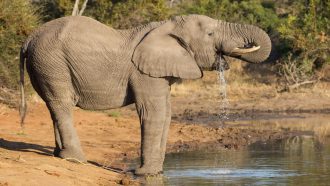 Animals
AnimalsEngineers surprised by the power of an elephant’s trunk
An elephant's trunk can suck air through it fast — at more than 335 miles per hour (150 meters per second)!
By Sid Perkins -
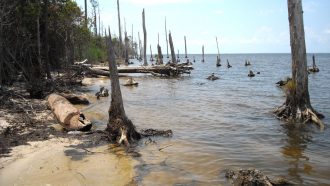 Earth
Earth‘Tree farts’ make up about a fifth of greenhouse gases from ghost forests
Heat-trapping gases from dead trees play an important role in the environmental impact of “ghost” forests.
-
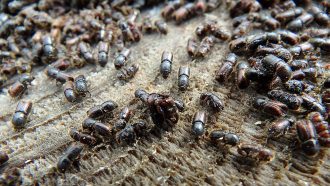 Animals
AnimalsMost species of beetles pee differently than other insects
Scientists uncover their unique system for balancing ions and water. The findings may hint at why beetles are the most diverse animals on Earth.
By Jack J. Lee -
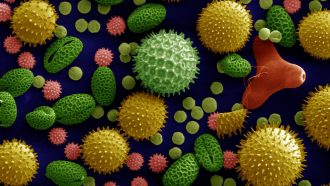 Plants
PlantsScientists Say: Pollen
Pollen is a mass of tiny reproductive cells. These grains combine with egg cells to form seeds — but on the way, they can make some people miserable.
-
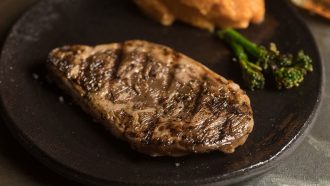 Tech
TechNo animal died to make this steak
The ribeye steak is the first of its kind, and the latest in a growing list of meats printed with a 3-D bioprinter instead of being harvested from an animal.
-
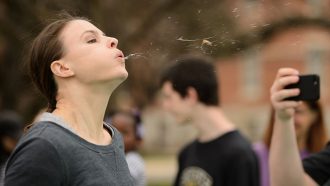 Health & Medicine
Health & MedicineCool Jobs: Saliva offers a spitting image of our health
Scientists are using this secretion to study our body’s functions, to test for disease and even to diagnose injury.
-
 Space
SpaceHere’s why people picked certain stars as constellations
Patterns of human eye movement help explain why particular sets of stars form iconic shapes, a high school student showed.
-
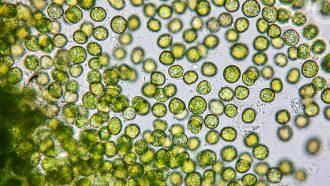 Microbes
MicrobesSeveral plant-like algae can morph into animal-like predators
Single-celled green algae swim through water as free cells. Most use only photosynthesis for their energy. But not all of them, a new study shows.
By Laura Allen -
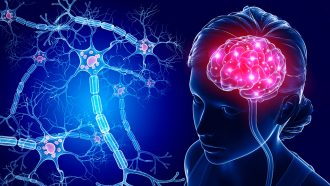 Brain
BrainExplainer: What is a neuron?
From the moment you are born, cells called neurons sense information, process it and then pass it on. Neurons allow you to do everything that you do.
-
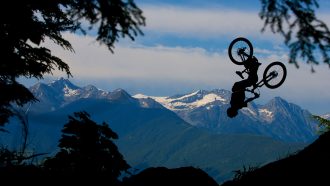 Brain
BrainSearch for ‘rewards’ is big driver in remodeling a teen’s brain
Communication ‘highways’ in the brain undergo a major overhaul as children morph into adults. Dopamine plays a big role in this remodeling project.
-
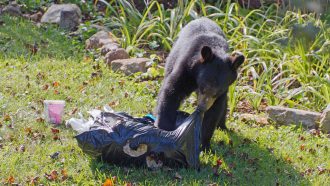 Animals
AnimalsChanging people’s behavior can make bear life better
Black bears don’t always live life on the wild side. More and more, they live near people. Here’s how people and bears can get along.
-
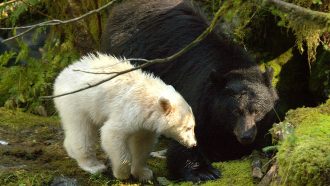 Animals
AnimalsScience and Indigenous history team up to help spirit bears
When scientists and Indigenous people work together, their efforts can benefit bears and people.